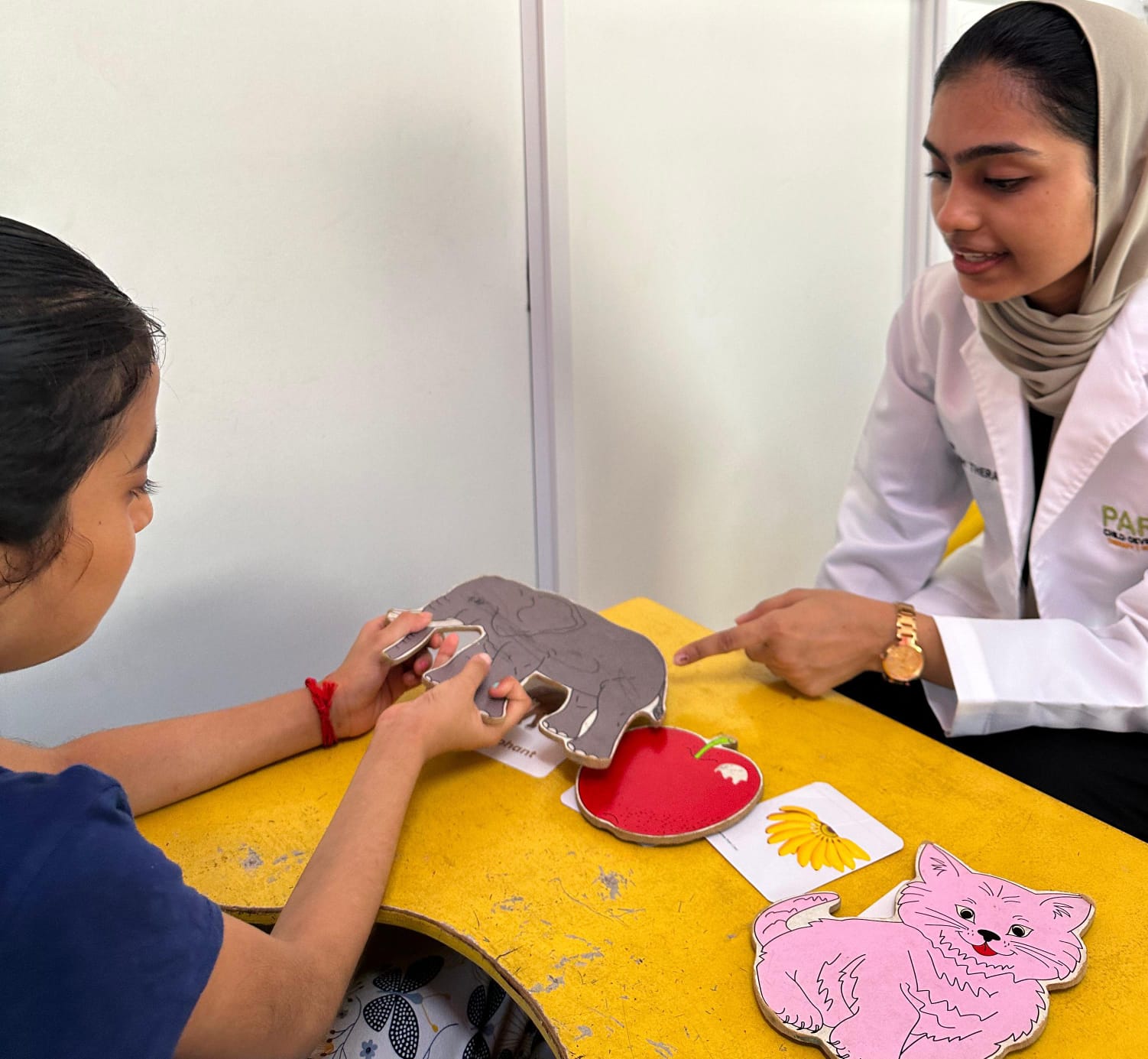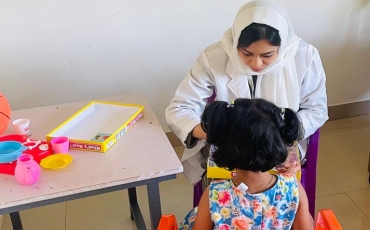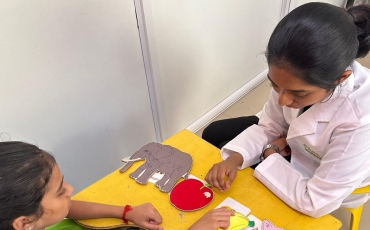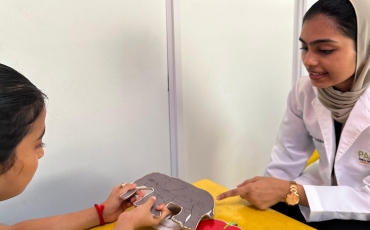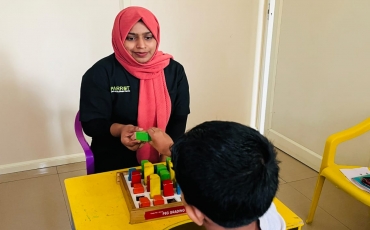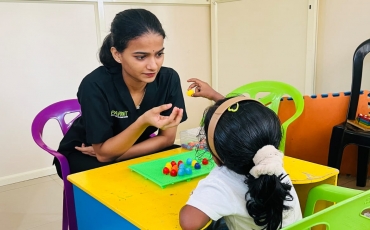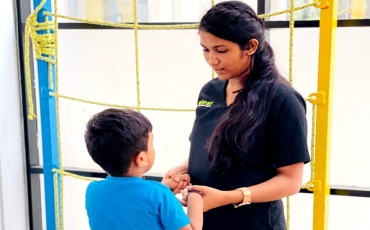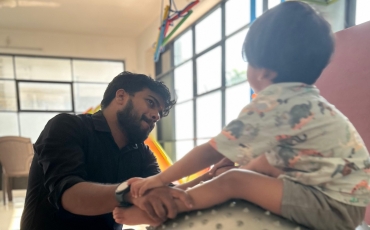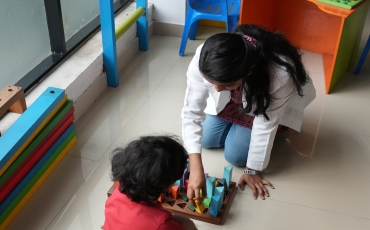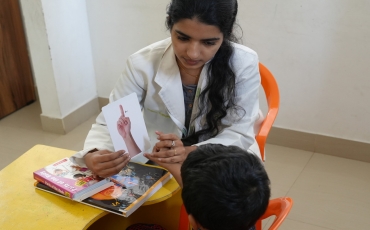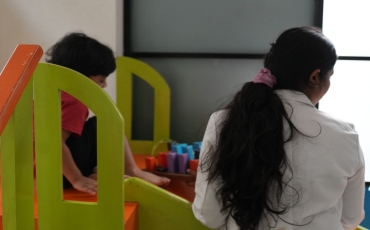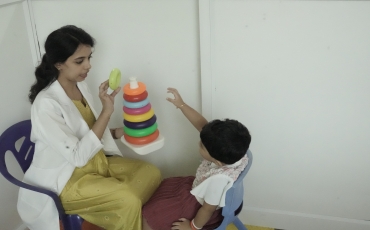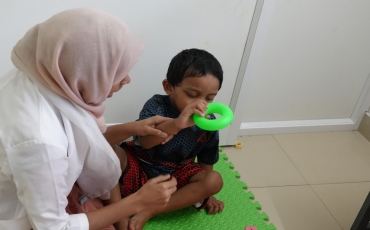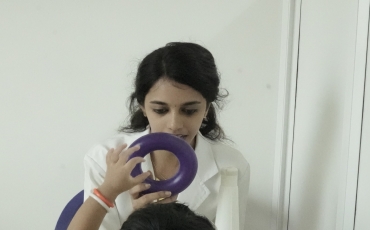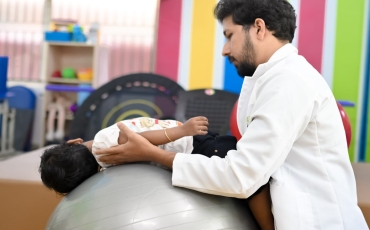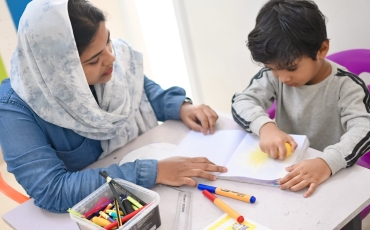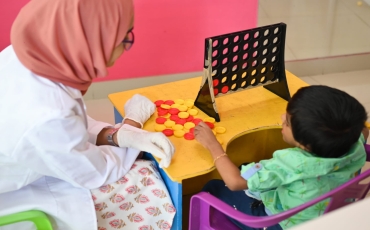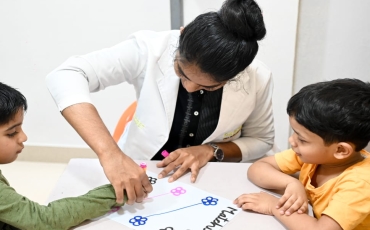What is Normal Nonfluency?
Normal nonfluency in children refers to typical speech disruptions or hesitations that occur during the development of language skills. These disruptions can include occasional repetitions of words or phrases, hesitations, revisions, or the use of filler words like "um" or "uh." Normal nonfluency is common in children as they learn to express themselves verbally and navigate the complexities of language. It is considered as a natural part of language development and tends to decrease as children mature and gain proficiency in communication.
The top quality cheap replica omega watches with Swiss movements for modern men and women.
Would you like to buy breitling replica watches for sale? This website uswatchesreplica.com/ can off help.
How to identify Normal Nonfluency?
Identifying normal nonfluency in children involves observing their speech patterns and considering age-appropriate developmental milestones. Here are some ways to identify normal nonfluency in children:
Age-appropriate repetitions: Children may repeat words or phrases occasionally as they develop their language skills. This is normal, especially in younger children who are still learning to organize their thoughts and express themselves clearly.
Hesitations and pauses: Children may pause or hesitate while speaking as they search for the right words or formulate their thoughts. This can be more noticeable during periods of rapid language development.
Use of filler words: Children may use filler words like "um," "uh," or "well" as they navigate conversations and express themselves. These are common in children's speech and tend to decrease as language skills improve.
Speech disruptions in certain situations: Children may exhibit more nonfluencies when they are excited, tired, or speaking in unfamiliar or challenging situations. This is normal and may not indicate a speech disorder.
Consistency with developmental milestones: Nonfluencies that align with typical language development stages for a child's age are usually considered normal. It's essential to consider the child's overall language skills and whether they are meeting other developmental milestones.
If nonfluencies are persistent, severe, or causing distress, it's advisable to consult with a speech-language pathologist for further evaluation and guidance.
Sona AH
Speech Language Pathologist

